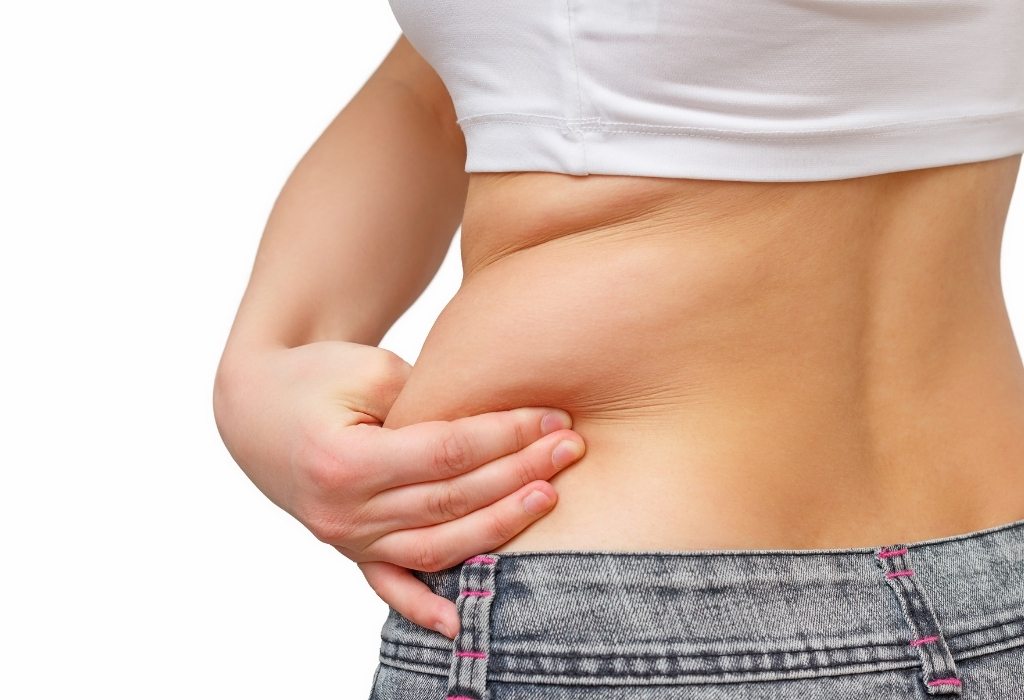Lipedema is a condition characterized by abnormal fat accumulation. This condition affects almost exclusively women, and it usually begins during puberty, pregnancy, or after gynecologic surgery.
Liposuction is the most effective treatment for this condition. It can help reduce pain, improve mobility, and increase quality of life.
In addition to liposuction, some doctors offer conservative treatments for this disorder. These include:
Chronic condition with abnormal fat accumulation
Lipedema is a chronic condition characterized by an abnormal accumulation of fat (adipose tissue) in the legs and arms. The fat tissue can be painful and can make it hard to fit into clothes and shoes. It can also lead to swelling and a “marbled” appearance of the skin. The condition is sometimes confused with obesity or a different swelling condition known as lymphedema.
Unlike lymphedema, fat accumulation in lipoedema is symmetrical and both legs are affected. The legs may look columnar trunks or lumpy, with pads of fat extending from the hips to the ankles. The fat often feels painful when pressure is applied, compared to healthy women with fatter legs or patients with lymphedema who do not experience this.

Some treatments can ease the symptoms of lipoedema and prevent them from getting worse. These include exercise, a healthy diet, and compression therapy.
Minimally invasive treatment
Many patients with lipedema have abnormal function of their veins and lymphatic vessels in addition to excessive fat accumulation. Liposuction can improve this. It also can remove excess bulk from the lower legs, thighs and knees, which prevents a physical impairment of gait and reduces pain in these areas. It can also reduce the need for orthopedic surgery in severe cases.
The surgeon injects a solution containing epinephrine to reduce swelling, bruising and bleeding and lidocaine as a local anesthetic before removing the excess fat with a cannula. Most patients return to sedentary work and normal ambulatory activities as soon as the effects of anesthesia and sedation have worn off. The recovery period can be longer in cases where larger areas have been treated.
Reduction of fat deposits
The symptoms of lipedema can be hard to distinguish from those of normal weight gain or cellulite. However, there are many non-surgical, natural treatments that can help ease your symptoms, including exercise, lymphatic drainage massage, and compression therapy.
The condition affects mostly women and may start or worsen during puberty, pregnancy, gynecologic surgery, menopause, or other life changes that trigger significant hormonal fluctuations and fat accumulation. It can also run in families, suggesting a genetic link.
Liposculpting is one of the most effective forms of fat reduction for patients with this condition. The procedure is performed under local and sedation anesthesia. While the treatment can alleviate many of the most serious symptoms, it does not completely eliminate all of them. Other conservative modalities are required for long-term success.
Pain relief
Most patients with lipedema suffer from significant pain, bruising and tenderness. They find it difficult to move around and often feel uncomfortable in their own skin. They are also prone to chronic infections, heaviness and a feeling of fullness in the affected area.
Traditional medical treatments are often unable to help. They include dietary changes, manual lymphatic drainage and compression garments. These measures can reduce the severity of your condition, but they won’t completely eliminate it.
Surgery is a powerful tool to treat this condition and improve your quality of life. However, it’s important to have a doctor who can fully diagnose and assess the type and stage of your condition. They should also be able to recommend a treatment plan that will help you achieve the best possible results.
Improved mobility
While weight loss doesn’t cure lipedema, it can help reduce symptoms and improve mobility. A diet focused on whole foods, plant-based options, and hydration can also make a big difference. Exercise can reduce pain and swelling, as well as manage hormonal fluctuations that contribute to symptom flare-ups. Other treatment options include manual lymphatic drainage and elastic compression.
Many people with hut mo lipedema in later stages find it very difficult to stay mobile. The fat is painful to move, and the legs are heavy and hard to maneuver. This can lead to a lack of socialization and psychological distress, which is why it’s so important for sufferers to seek treatment for their condition. Taking the time to treat lipedema will improve their quality of life and allow them to lead healthier lives.

